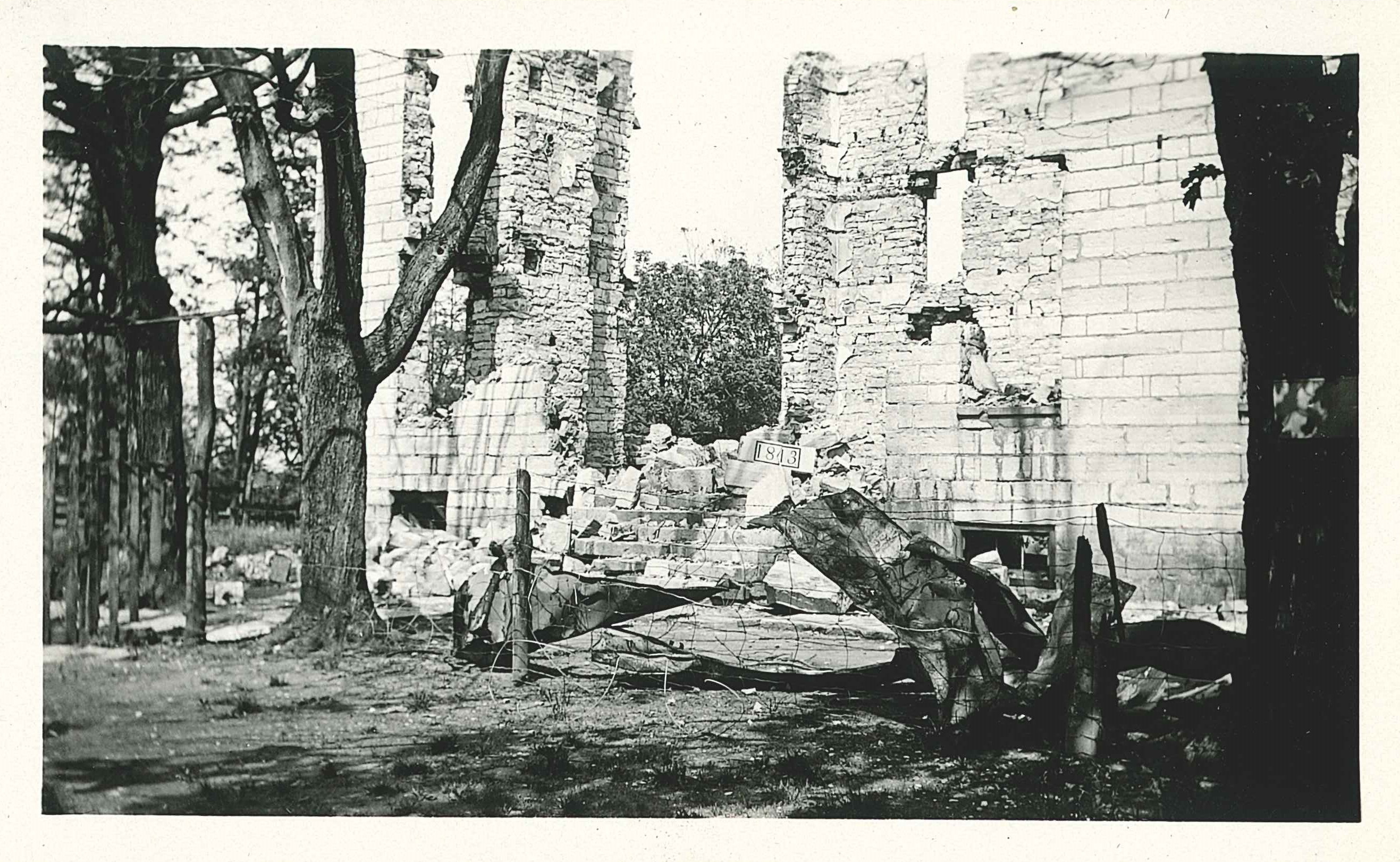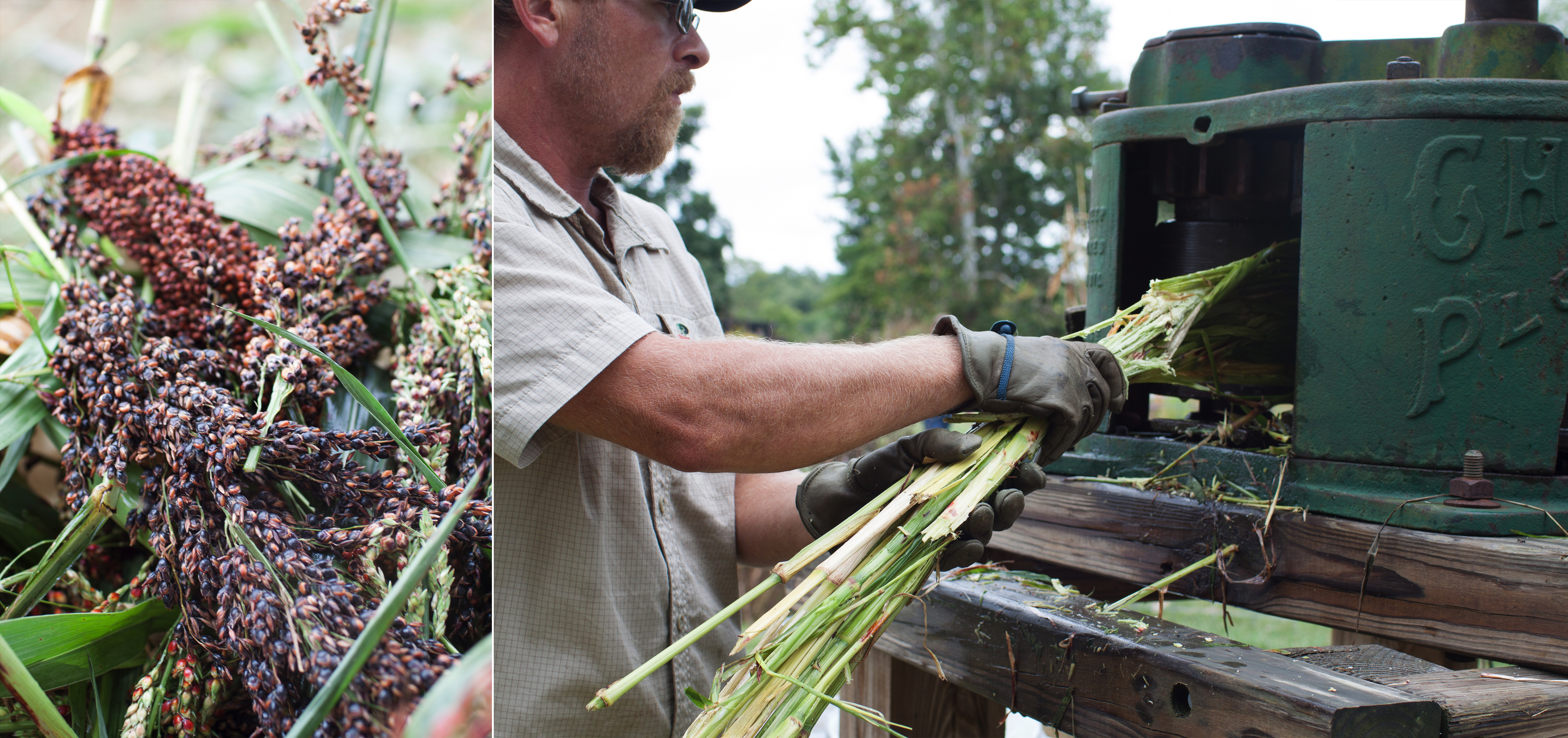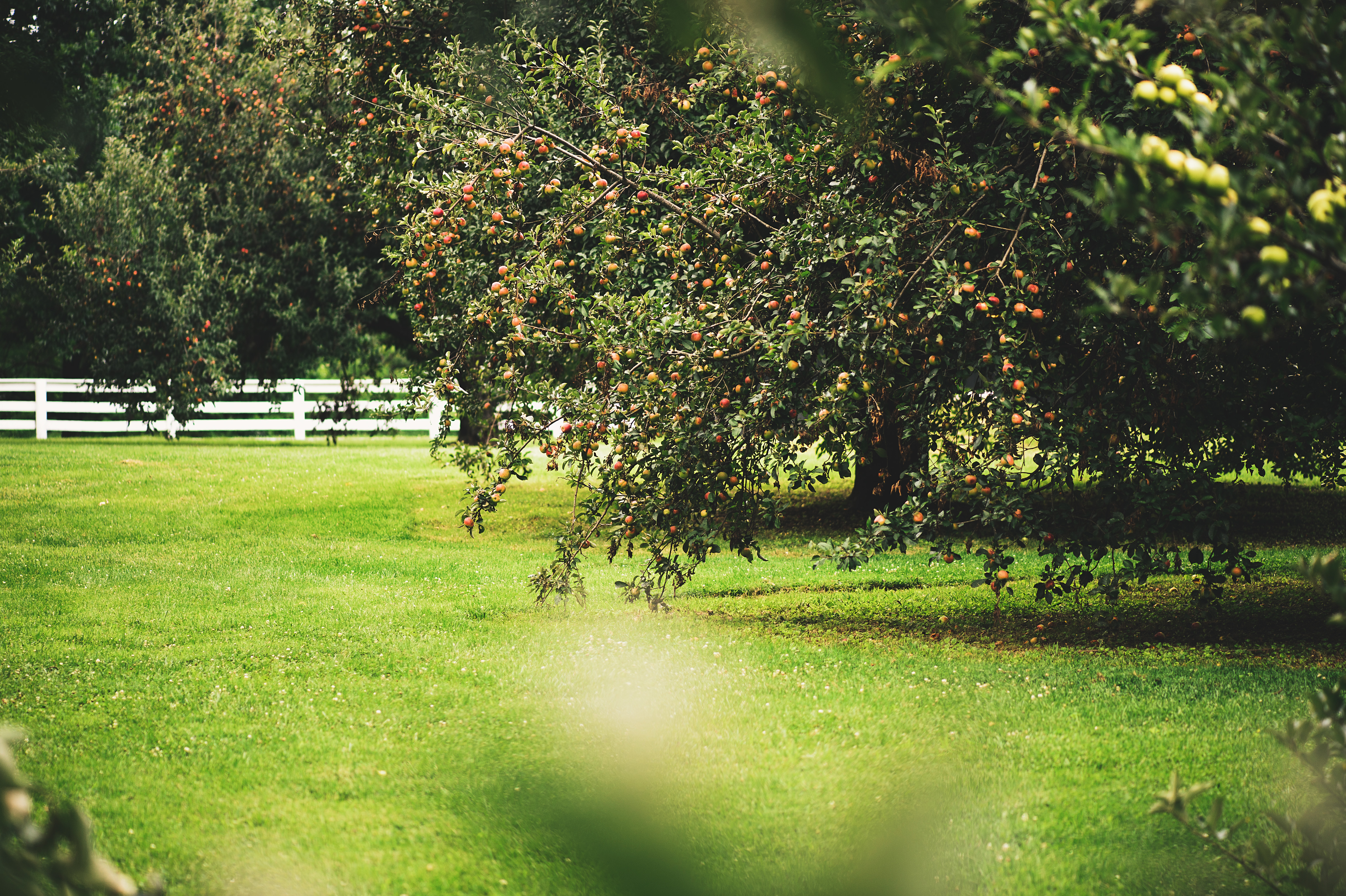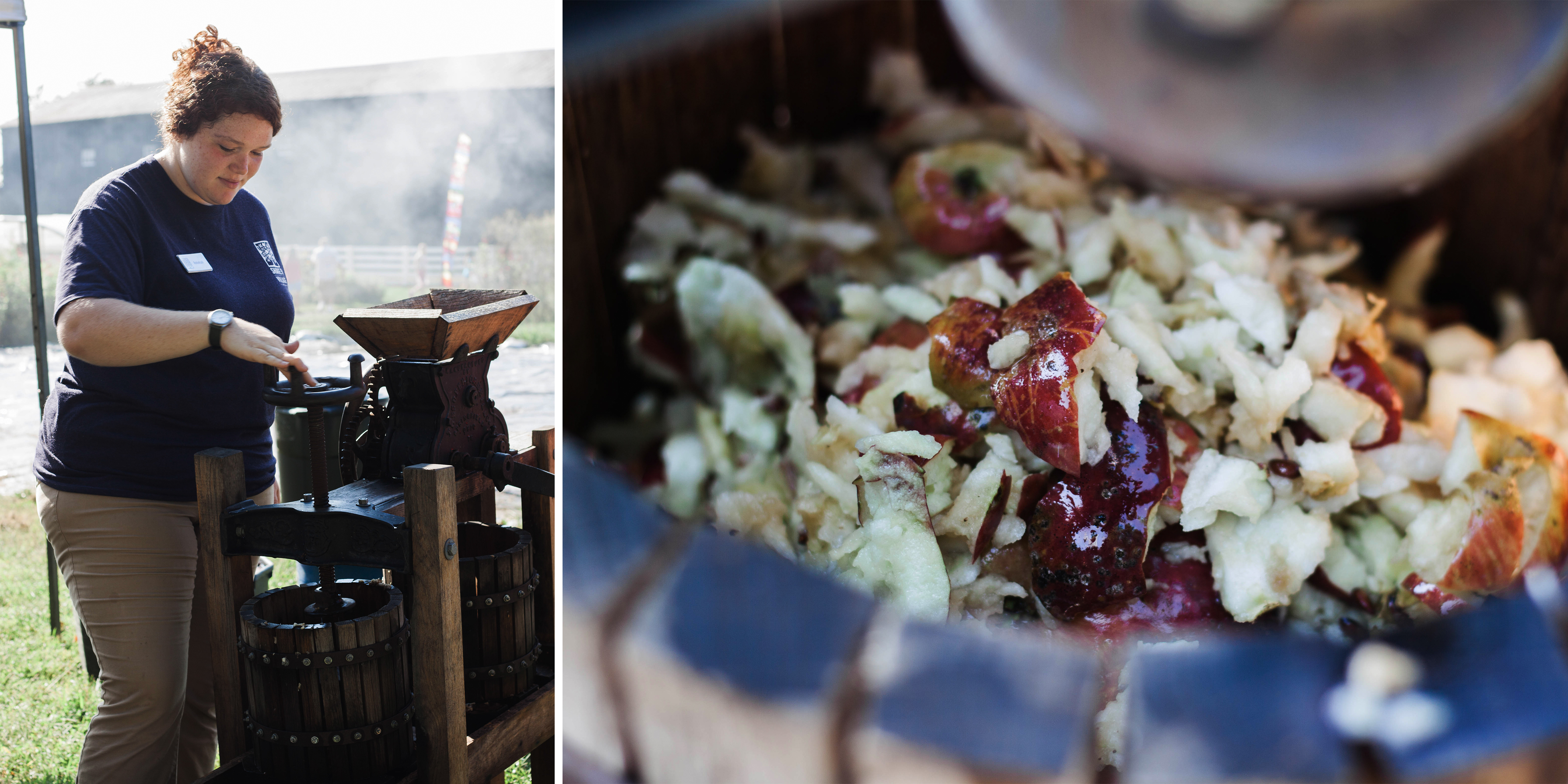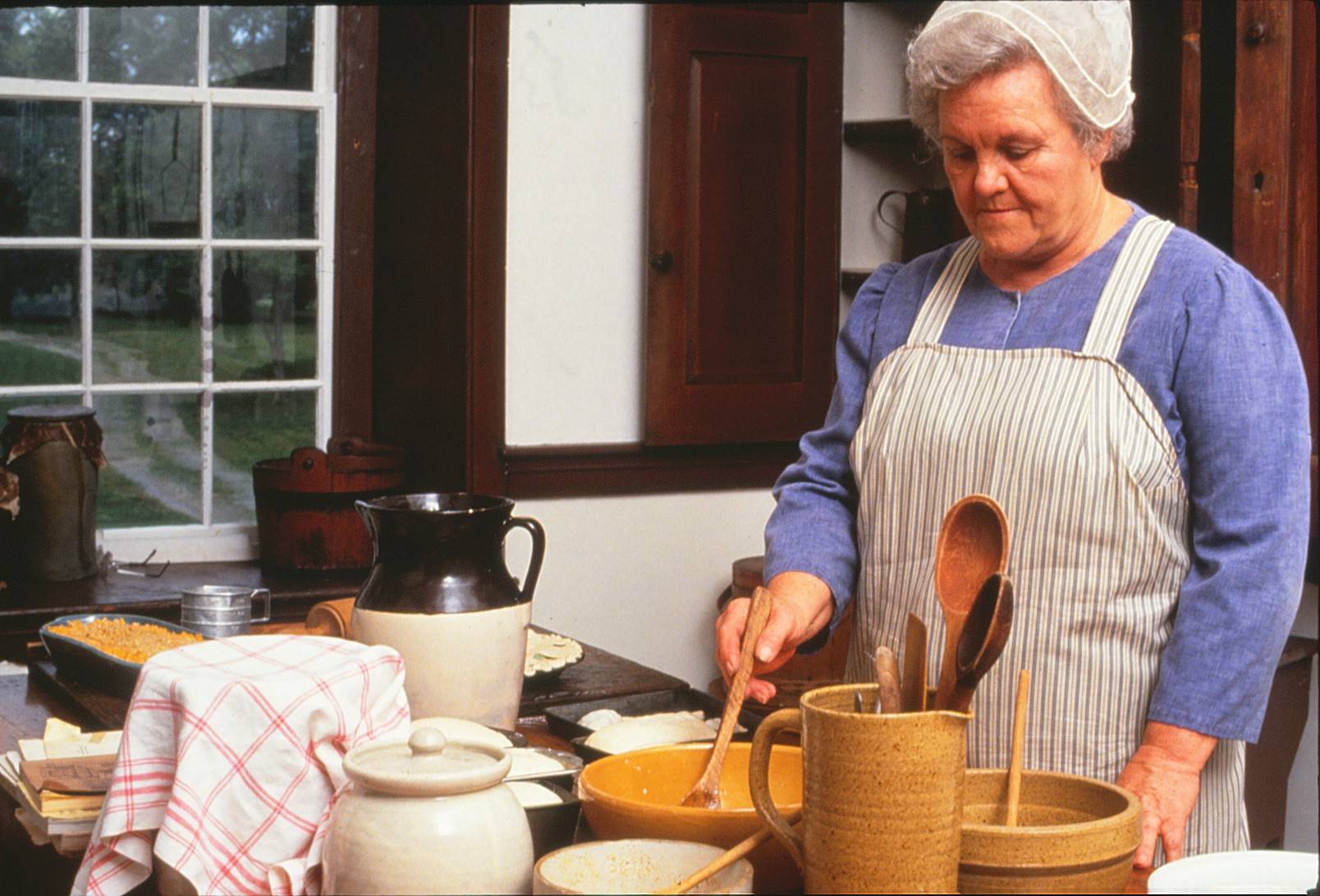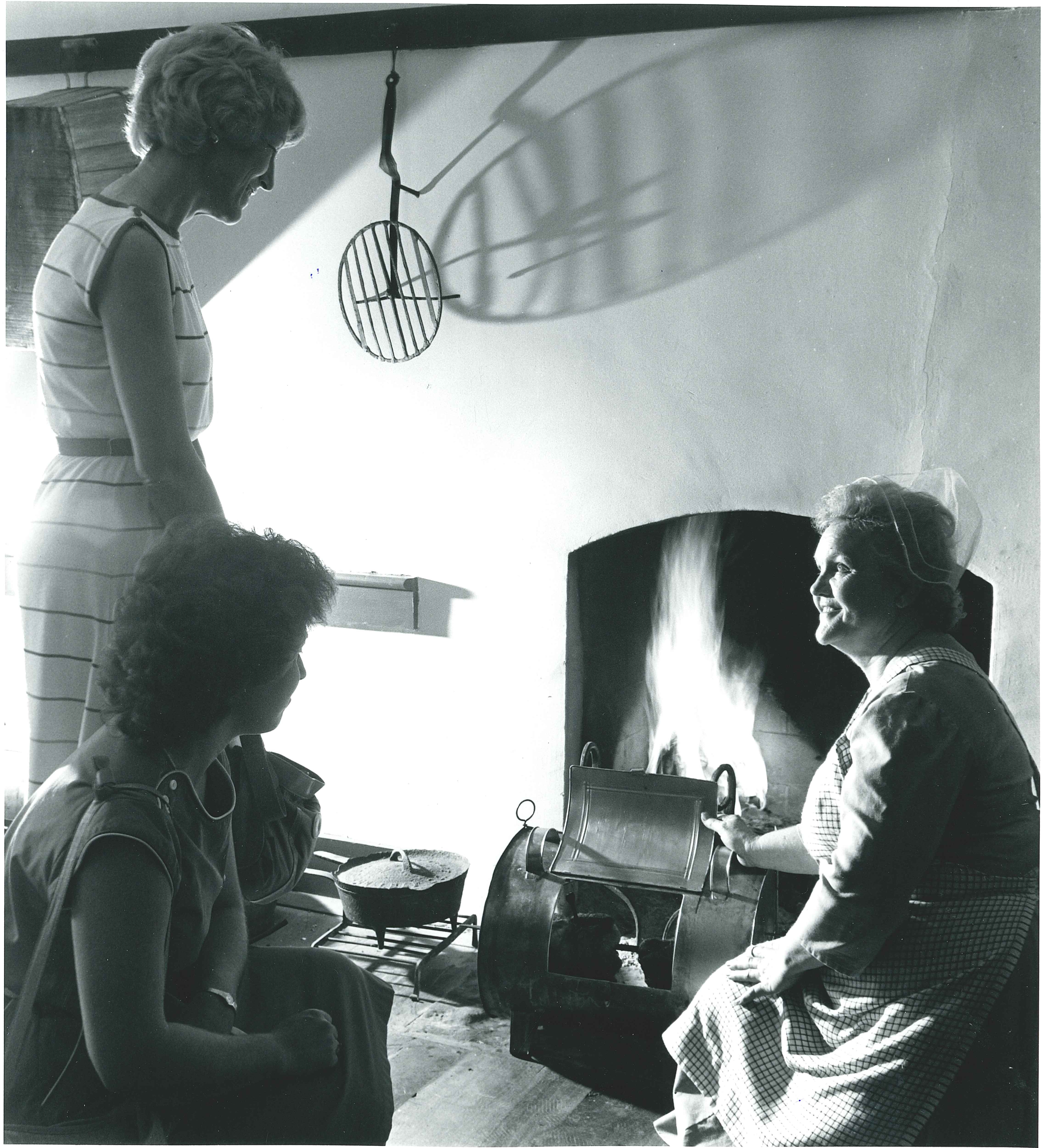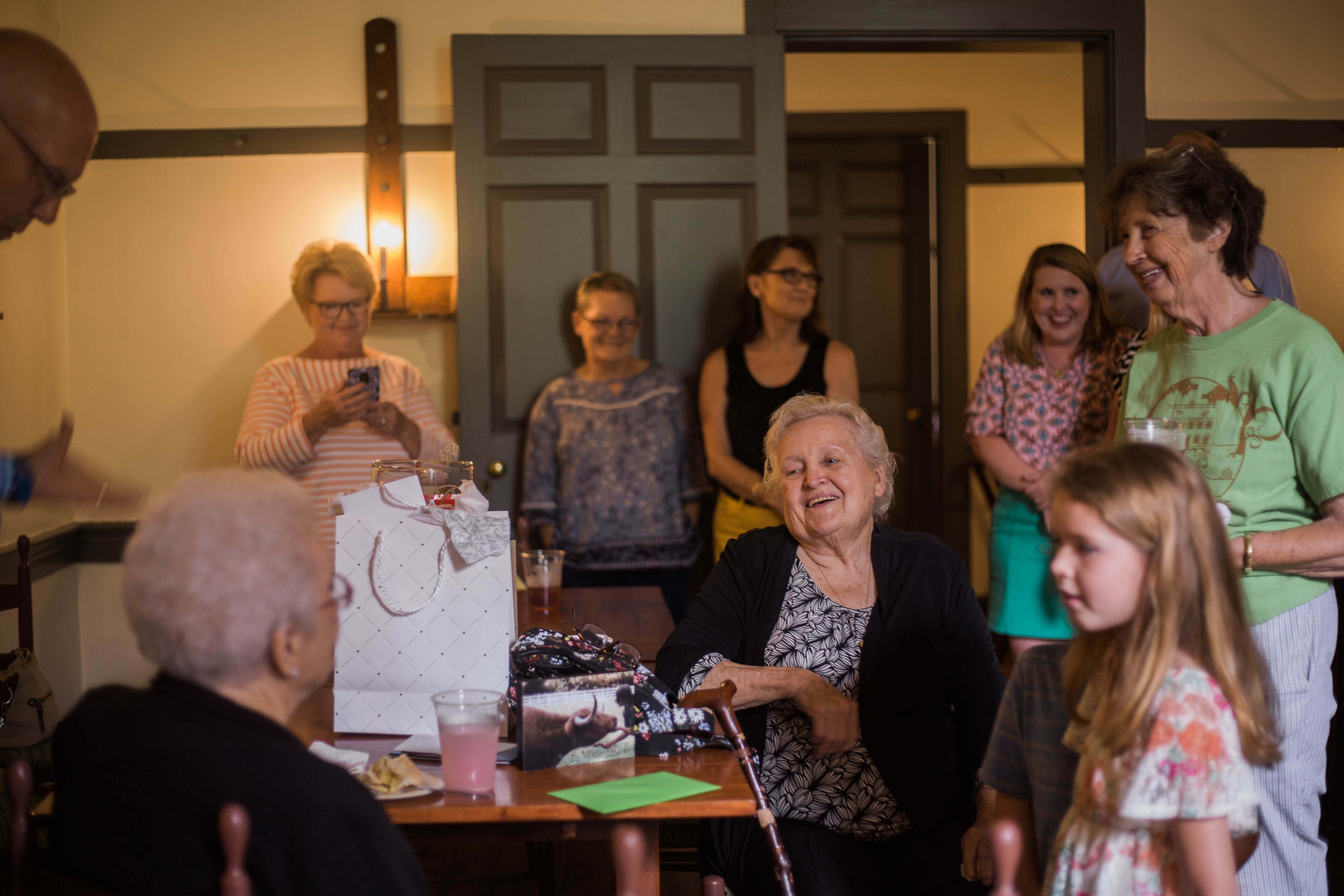The journals kept by the Shakers have a lot of information in them, and most of it is very basic and straightforward. However, one of the delights of reading these volumes is when the personality of the record-keeper shines through. It doesn’t happen in every journal, and it is more prevalent in some than others, but when it does happen you can almost imagine that you are sitting in the room and having a conversation with a very real person.
This is especially true in the journals kept by Henry Daily. He had a big personality—one that comes across as interesting, sometimes funny, sometimes mean and almost never dull. I would describe him as a curmudgeon. When he keeps these journals, he is an older member who remembered the golden years of Shaker life. He is unhappy with the changes and developments that had taken place in the later 19th century—and he doesn’t hesitate to convey that in the journals. I can’t help but wonder if he ever said any of these things out loud.
Henry Daily is also really good for a soundbite. I wanted to take this opportunity to introduce you to him. I thought it would be fun to imagine if I actually did sit down across the table from him and interview him. How might he answer some of these questions? Probably in a similar way that he writes in his journals… so I used direct quotes from the journals in order to answer these questions. One thing you’ll notice: he often referred to himself in the third person, and this was pretty common in Shaker journals.
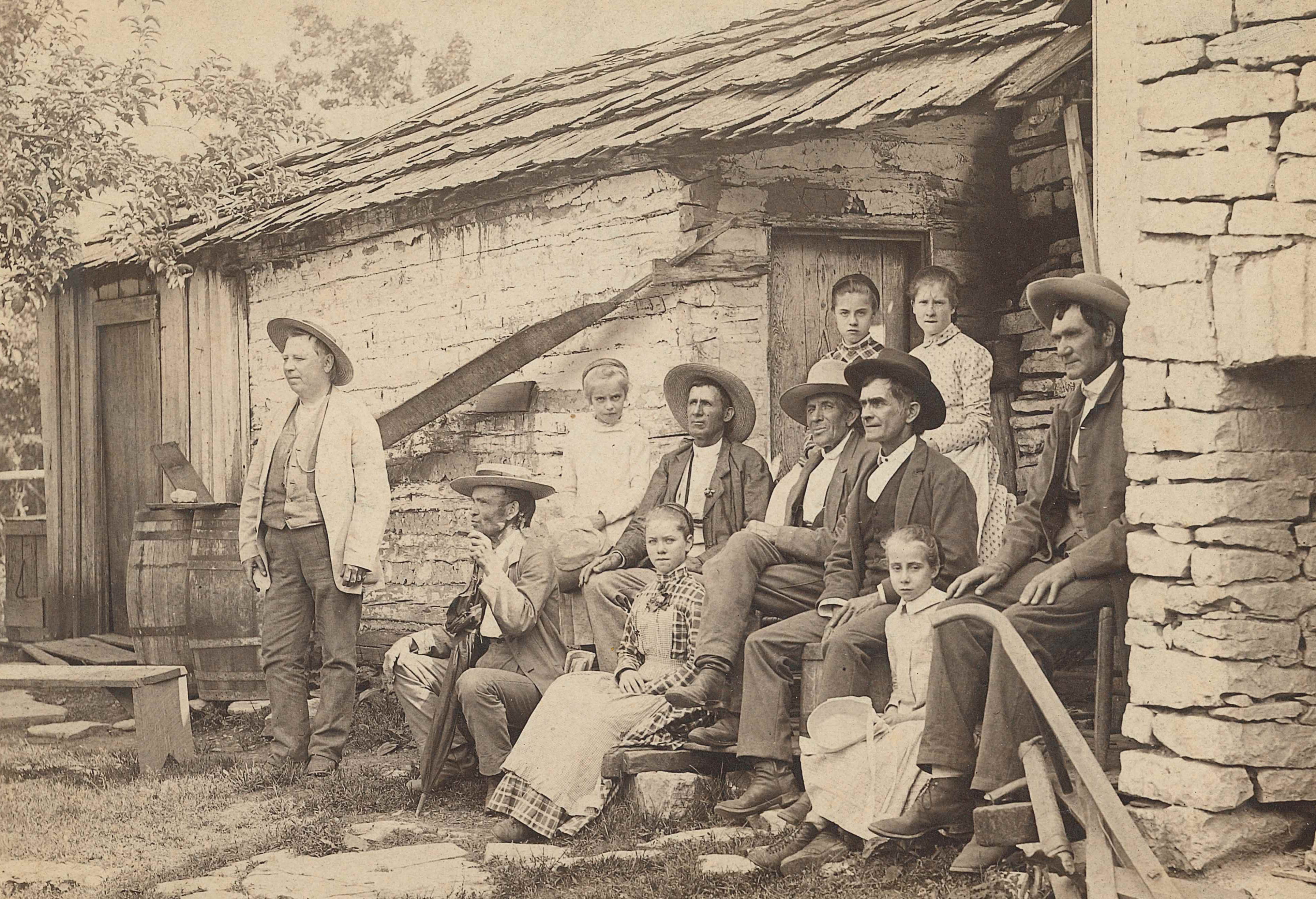
AG: Good evening, Henry. It’s a pleasure to speak with you. You really look tired… how has your day been?
HD: H. Daily took a lot of our boarders to high Bridge to the 6 oclock & 10 minutes train then brought home a large load of freight. Then went back with a load of 48 boxes of Malt & brought home another large load of freight this was done A.M. he also took 480 lbs flour in the kitchen before the bell rang to rise this morning. After dinner H.D. filled up and hauled 1500 lbs to the office. John Smith let from 1500 to 2000 lbs flour spoil at the Office just from pure laziness because he did not keep it stirred. H. Daily took 150 lbs out of his flour houses. After this H.D. went to the threshing yard & filled up & hauled in 12 large sheets full of wheat chaff to pack malt in. Will this do for an old man’s day’s work or not. (7-18-1881)
AG: Wow, yes, it certainly will. On busy days like this, are you glad to have so many people around to help do the work?
HD: We are trying to harvest our wheat tho our machines do so poorly we get very little done. We have a few of the Brethren as hands tho it is mostly done by hirelings and we are getting in debt everyday worse and worse. Our business men do perhaps the best they know but the worst is they do not know. Our wheat is ripening quite fast will soon be ready to cut. We have a very strange elder in the C.F. He took our cart today and drove it through the middle of our wheat field & the grain is nearly ripe, namely Napoleon Brown we never saw the like before in our lives. Napoleon Brown has had 4 pares of boots & 3 pares of shoes made for himself this year. Our shoe maker tells me this evening the boots were worth $41.00 the shoes were worth $16.00 This is $57.00 for Boots & shoes in one year the mending was worth $6.00 This is $63.00 for boots & shoes this year. If every member in the Center Family used up this amount they could not pay for their feet. There is 62 persons in the Center Family at this time. If all in the Family would consume as many boot & shoes as Napoleon Brown it would foot up $3906 the Family could not pay for their shoeing we think. This is awful extravagant indeed. (6-24-1881; 6-10-1881; 12-30-1887; 12-31-1887)
AG: I see… well, let me ask you about animals because everyone likes animals. I saw a dog running around… I didn’t realize that the Shakers kept pets. Do you have a pet?
HD: The Center Family has come to a desperate pass indeed. They have Andrew Bloomberg a Swede for second Elder & he has a dog following him wherever he goes has him in the shop with him & has no use for him. This is not according to Shakerism but belong without… This dog will eat as much as a man or more. If we all had a dog we would all starve before spring since we have very little to live on & cannot afford a dog for each member in the Society. The dog is a perfect nuisance anyhow & them that keep them are no better certain. (9-20-1887)
AG: Ok. Well, I saw chickens on the farm, and they seem to be doing good right now… at least they are eating well, right?
HD: Frederick Roth retook charge of C.F. chickens this morning has been doing other work a year. Susan Murry has been pretending to take care of them in his place. (2-8-1887)
AG: It sounds like you have disagreements or problems, just like all families do. Sometimes it’s good to get a little space… do you always stay here, or do you get to leave the village sometime?
HD: Alexander Milligan & James Shain of the E.F. started to the Exposition in Cincinnati. This is strange indeed when H. N. Daily had a free pass and could not get to go. (10-6-1881)
AG: Henry, I have to be honest here. It doesn’t seem like you like anyone or anything. Is there anything you like to do?
HD: H.N. Daily went out to the Fare which is now going on. Was there 5 hours. The President Adison Walden took him in to the side show which the Debenport Brothers are running by the slight of hand which beats anything we seen there it is marvelous indeed to see what man can do. The president then took HD in the judges stand and told him to go any where he chose. HD had the best day of his life as to pleasure. So much for this day. (8-3-1882)
AG: I know you’re very busy and probably still have a lot to do. Thank you for your time, Henry.
HD: This has been a very cold day. H.N. Daily cleaned out the ice house A.M. We may have ice this spell if so we are ready to get it. H.D. went this afternoon by himself and hauled a load of straw to the hen house to keep the chickens feet from freezing. He is now 73 years of age past who will do so at this age. (12-29-1887)
In all seriousness, we are fortunate to have so many remarkable first-person accounts of Shaker life here at Pleasant Hill. It is a joy to get to know these Shakers through their own words—and their own handwriting—as stories of work and worship within the community come to life through their journals.

